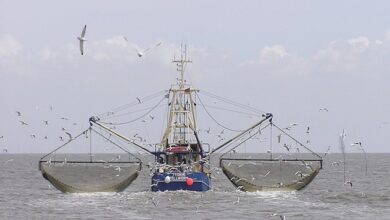A forgotten tragedy of Garadaghly
By Yusif Babanly
Twenty two years on, one massacre remains largely unnoticed and even forgotten by the international community
While the international community busied itself with the collapse of the Soviet Union and integration of the newly independent countries of the former Eastern Bloc into the free world, one of the regional inter-ethnic conflicts in South Caucasus was graduating into a militarized stage.
Nagorno-Karabakh conflict began with the territorial claims of the Armenian SSR against Azerbaijan SSR in 1987. Although the timeline normally marks February 1988 as the starting point of the conflict when the ethnic Armenians in Nagorno-Karabakh Autonomous Oblast (NKAO) of Azerbaijan SSR held rallies in Khankendi (formerly Stepanakert) demanding transfer of the enclave from Azerbaijan SSR to Armenian SSR, in reality, the beginning can be traced to November-December 1987. That is when the first Azerbaijani refugees were ousted from their homes in Armenia and sent across the border to Azerbaijan. By the end of January 1988, their numbers reached 4,000 – a substantial amount to raise discontent among their folk.
As the numbers of refugees snowballed eastwards, Azerbaijanis responded in kind, forcing out Armenians in a refugee exchange with Armenia. While clashes over ethnic pride and retribution grew throughout the towns and villages of Armenia and Azerbaijan, the standoff was limited to inter-communal violence. In the conflict zone – Nagorno-Karabakh – itself though, the violence has long evolved into an armed conflict. In a way, armed attacks were used to exasperate the situation and involve as many civilians as possible. Armenian militants incoming from abroad into Nagorno-Karabakh via Armenia did just that. The main purpose was to prevent any sort of peace talks and instigate a response from Azerbaijan, which in turn, would generate larger counter-action among Armenian community of Nagorno-Karabakh.
The first effort to mediate peace agreement between the parties to the conflict was initiated by the newly declared Russian President Boris Yeltsin and Kazakh leader Nursultan Nazarbayev in September 1991, before the eventual breakup of the Soviet Union. After several days of shuttle diplomacy, Armenian and Azerbaijani delegations agreed to work together to establish peace. On September 23, Armenia formally renounced all territorial claims to Azerbaijan and declared its own independence. What became known as Zheleznovodsk Communique, cemented the will of the leaders of both republics to take required measures to bring peace back to the conflict zone.




